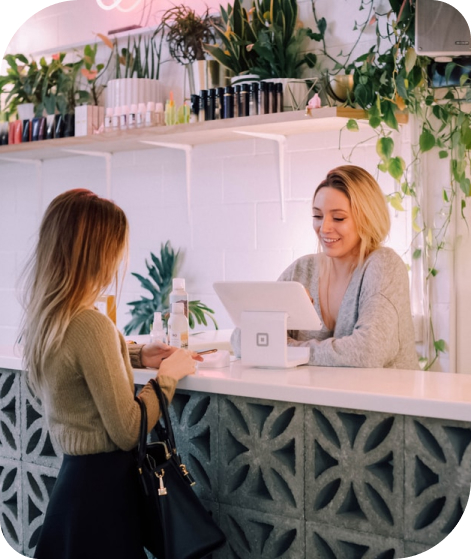
According to Lindstrom’s (2009) research, showed that if you combine a picture with a compatible scent, it is better perceived and memorized.
Osterberg (2008) argued that scent can have a strong impact on ambience, mood, and behavior, but in order for it to be effective, it has to be clearly linked to the service, situation, or space. Looking at the following statements, scent has an influence on people. But it only has influence, when people can recall a certain object combined with that particular scent.
![]()
The scent marketing industry and the research that supports it, claims many interesting results for marketers. One study supports that 84% of people were more likely to buy (in this research shoes), or liked them more, in a scented room. Positive interaction effects were found on shopping behavior, pleasure, and satisfaction when the type of scent and music were combined with each other.

When both the scent and music were either low arousal or high arousal. Spangenberg (2005) also found that when the music and the scent were congruent (Christmas music and Christmas scents), this led to higher evaluations of the retail environment. Hirsch (1995) has shown in a casino that a pleasant ambient scent related to 45% more revenue than comparable non- scented slot machine areas. Interesting facts about sense of smell and scents.
There’s evidence enough that customer experience is the single most important gamechanger for business success. A 2013 Walker study predicted that by the year 2020, customer experience will outdo price and product as the key brand differentiator. Another 2015 study by Synchrony Financial, which surveyed over 1000 shoppers, revealed that more than half of shoppers say they would pay a higher price for the customer experiences they value most.
With customers now increasingly aware of their brand choices and clear preferences for interaction interface and purchase channel, retail brands must also adopt a good mix of online and in-store strategies.
How Does Scent Drive
Human Behavior?

Scents that evoke positive memories motivate decision making, improving the retail customer experience.
Smell is often the first warning of safety or danger, friend or foe. Smells have the power to drive your behavior on an instinctive and subconscious level. Luckily, you can also harness the power of smell and consciously use it to your advantage.
It’s ironic that most people undervalue the power of scent. Fragrances have the ability to evoke both positive and negative psychological states of mind and reactions in milliseconds.
From an evolutionary standpoint, a negative smell, such as a dead animal, can trigger an instantaneous reflex to take flight.
A positive smell, such as burning wood or baking cookies, can trigger a sense of security and the urge to tend-and-befriend while you rest-and-digest.
What Smells Trigger a Remembrance of Things Past for You?

In Remembrance of Things Past, Marcel Proust illustrates how smell is linked to early life experiences stored in memory engrams of specific neural networks. Proust vividly describes how forgotten childhood memories are brought back into consciousness with their original intensity when the protagonist in his story dips a madeleine biscuit into a cup of tea.
Researchers call this “Proustian memory effect.” Childhood memories linked to scent stay with people throughout life. Recently, Rachel Herz of Brown University, and Haruko Sugiyama and colleagues at the Kao Corporation in Japan conducted a study to identify how the scent of a product evokes personal emotional memories and influences the appeal of a product to potential consumers.


